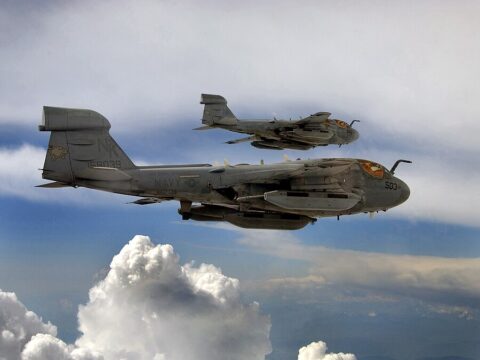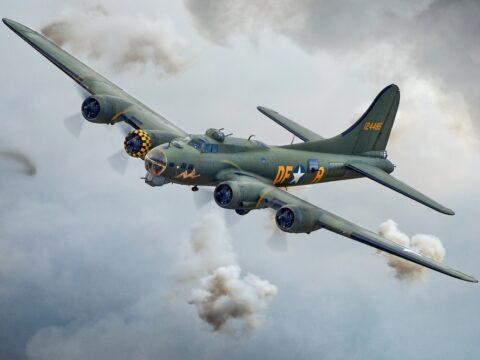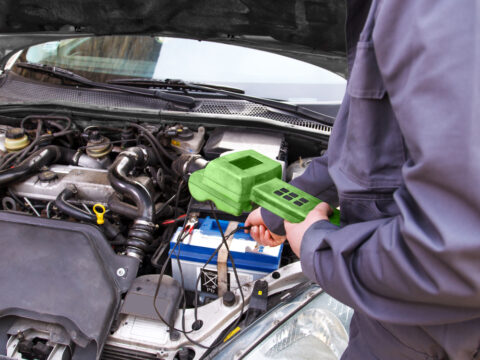Vintage buses hold a special place in the hearts of enthusiasts, offering a nostalgic glimpse into the past with their unique designs and historical significance. Here are some vintage buses that are particularly appreciated by enthusiasts for their charm and heritage.
Contents
Volkswagen Type 2 (1950-1967)
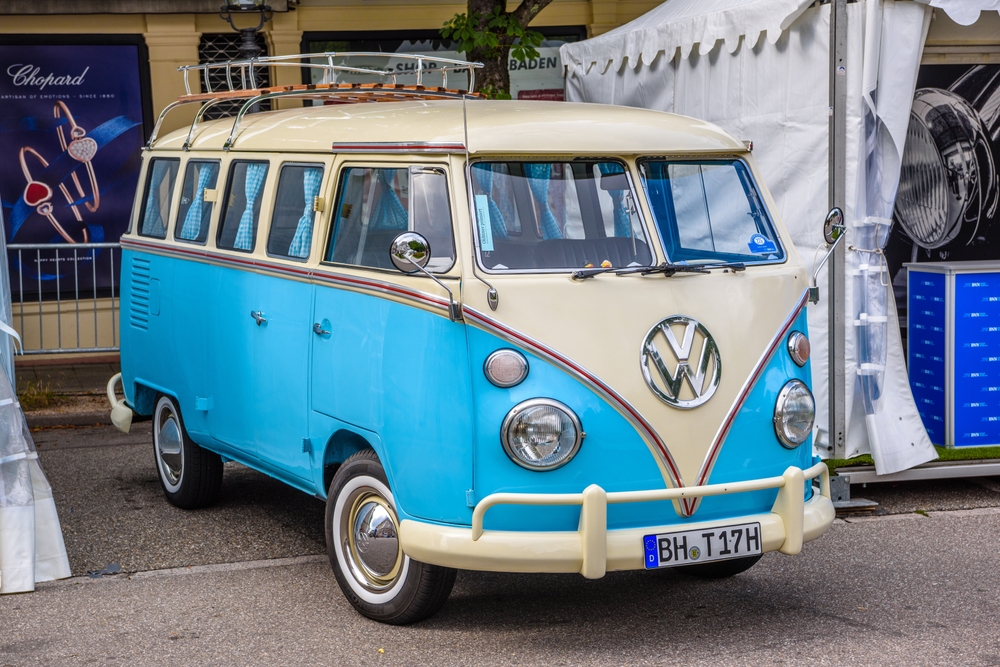
The Volkswagen Type 2, also known as the VW Bus or Kombi, was produced from 1950 to 1967 and is cherished by enthusiasts for its iconic design and versatility. Powered by an air-cooled, rear-mounted flat-four engine, the Type 2 was available in various configurations, including the Microbus, Camper, and Panel Van. Its rounded shape, split windshield, and simplicity made it a symbol of the counterculture movement of the 1960s. Enthusiasts appreciate the VW Bus for its classic styling, ease of customization, and the sense of nostalgia it evokes.
GM New Look “Fishbowl” (1959-1986)
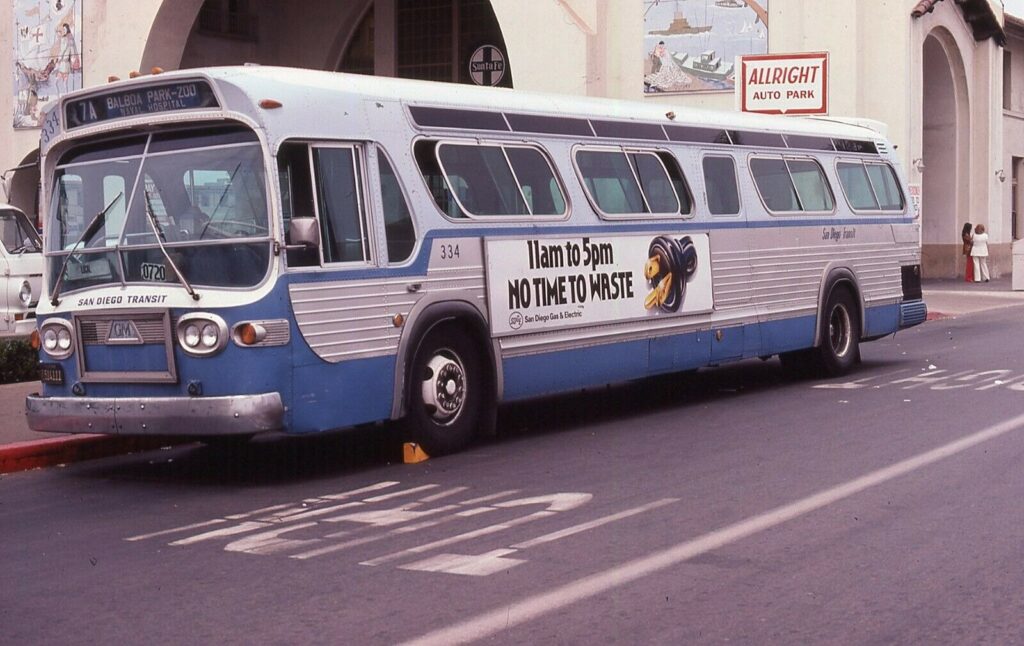
The GM New Look, commonly referred to as the “Fishbowl” bus due to its distinctive curved windshield, was produced from 1959 to 1986. These buses featured an aluminum body, air suspension, and a variety of engines, including Detroit Diesel options. The Fishbowl’s futuristic design and robust construction made it a staple in North American public transportation for decades. Enthusiasts appreciate these buses for their historical significance, durability, and the unique aesthetic that defined urban transit for a generation.
Flxible Clipper (1937-1967)
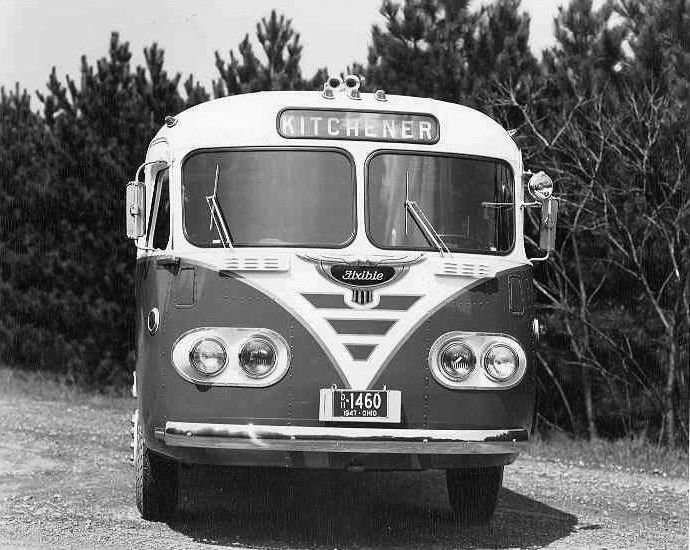
The Flxible Clipper, produced from 1937 to 1967, is celebrated for its streamlined Art Deco design and reliability. Powered by various engines over its production run, including the Buick straight-eight and later diesel engines, the Clipper was popular for intercity and charter services. Its rounded body, large windows, and distinctive styling make it a favorite among bus enthusiasts and collectors. The Clipper’s blend of style and functionality, along with its historical role in mid-20th-century travel, ensures its continued appreciation.
AEC Routemaster (1958-1968)
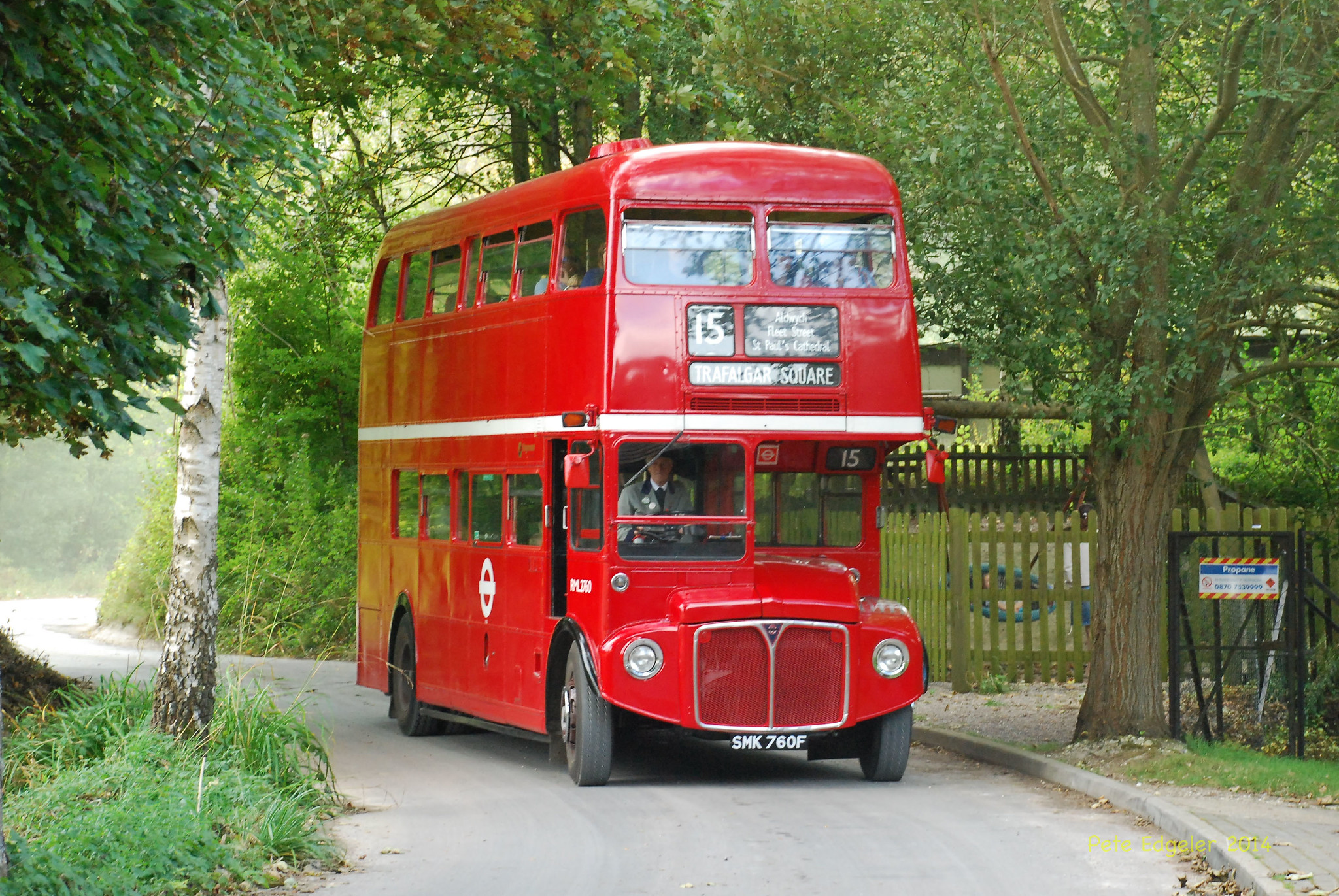
The AEC Routemaster, produced from 1958 to 1968, is one of the most iconic double-decker buses in history. Known for its open rear platform, robust construction, and reliable AEC engines, the Routemaster became a symbol of London. Its distinctive red color, durability, and ease of maintenance made it a beloved fixture in the city’s public transportation system. Enthusiasts appreciate the Routemaster for its historical significance, classic design, and the nostalgic memories it represents.
GMC PD-4501 Scenicruiser (1954-1956)
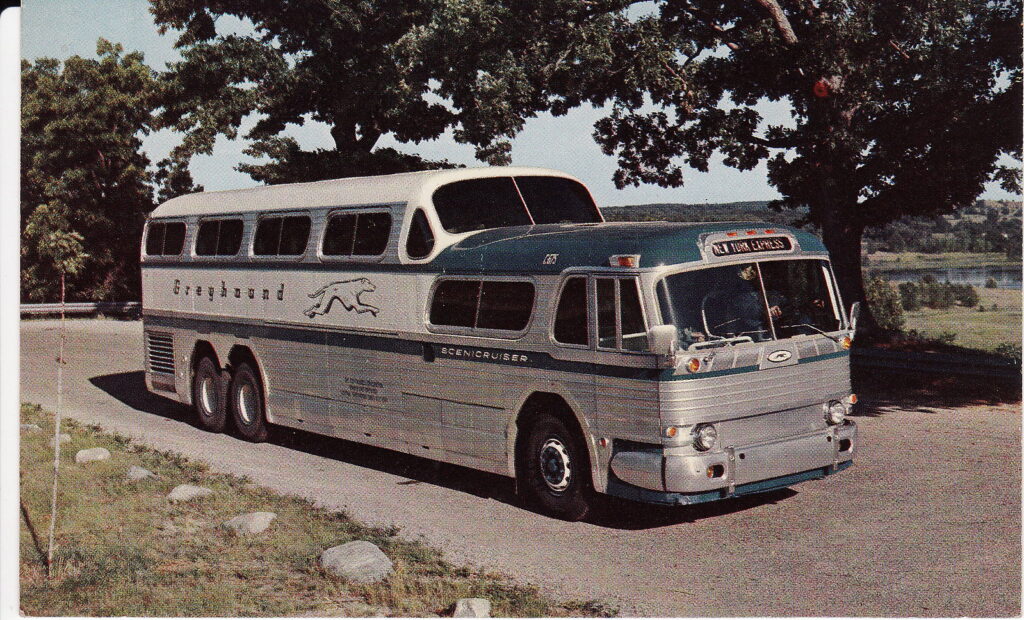
The GMC PD-4501 Scenicruiser, produced from 1954 to 1956, was an iconic long-distance coach designed for Greyhound. Featuring a distinctive two-level design with panoramic windows, the Scenicruiser was powered by a twin 4-71 Detroit Diesel engine setup. Its innovative design provided unmatched comfort and views for passengers. Enthusiasts appreciate the Scenicruiser for its engineering marvel, unique aesthetics, and its role in shaping long-distance bus travel in the United States.
Leyland Titan (1927-1970)
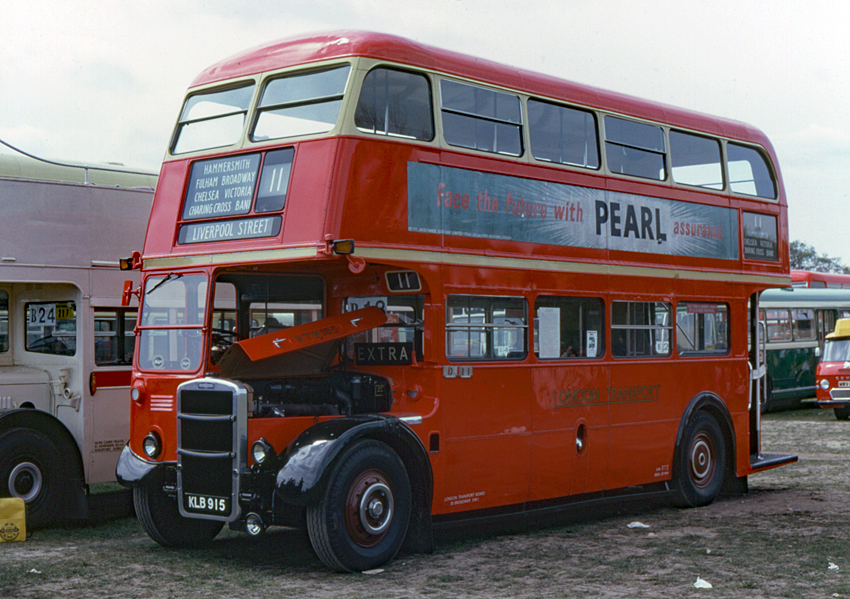
The Leyland Titan, produced from 1927 to 1970, was a versatile double-decker bus used extensively in the UK and worldwide. Known for its robust construction and reliability, the Titan featured a variety of engines over its long production run, including Leyland’s own diesel engines. Its distinctive front-engine design and spacious interior made it a popular choice for urban and suburban routes. Enthusiasts appreciate the Titan for its historical significance, durability, and classic British bus design.
Setra S8 (1951-1967)
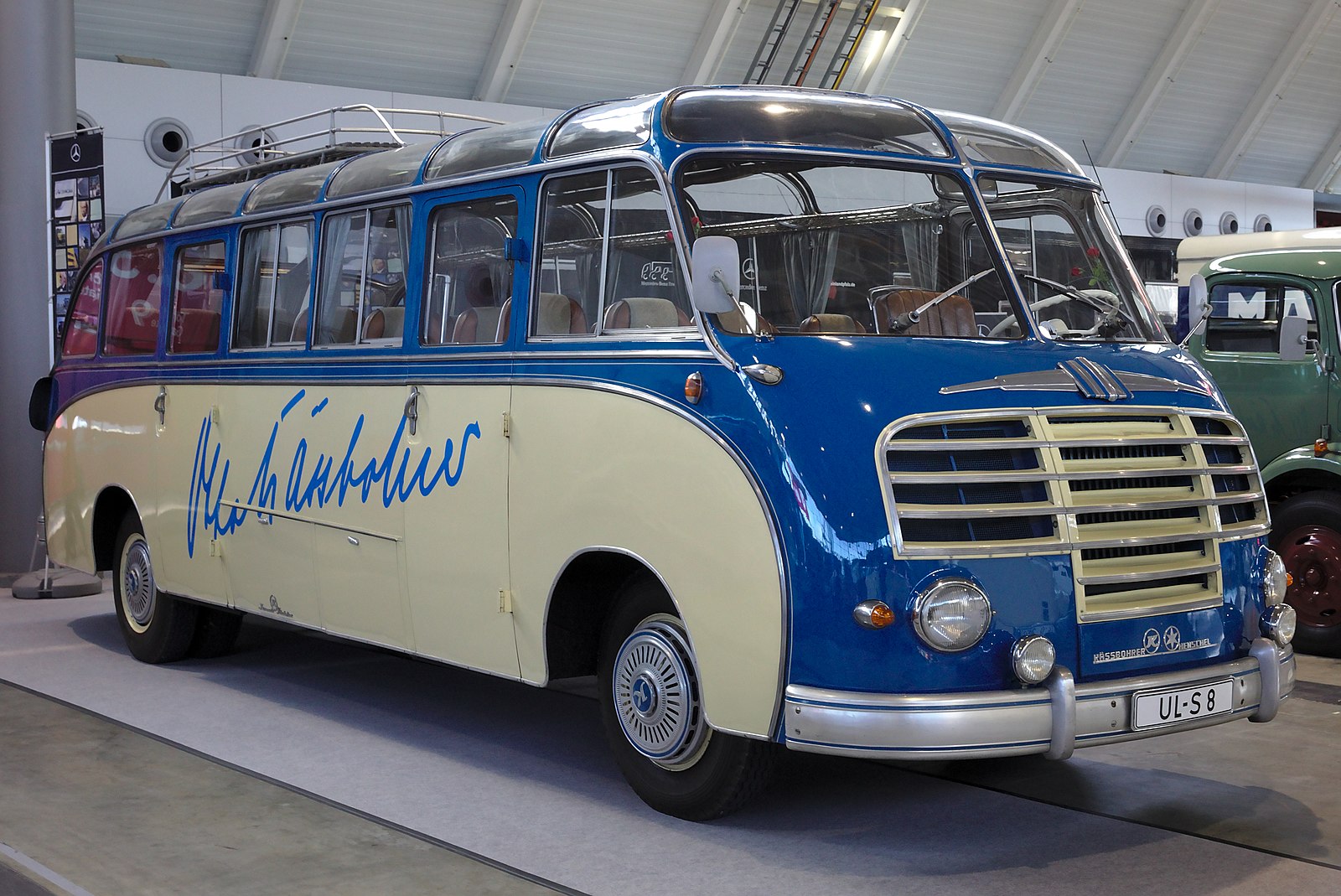
The Setra S8, produced from 1951 to 1967, was an early example of a coach with a self-supporting body, eliminating the need for a separate chassis. Powered by a rear-mounted Henschel diesel engine, the S8 featured large windows, a spacious interior, and a distinctive streamlined design. Enthusiasts appreciate the Setra S8 for its innovative engineering, stylish appearance, and the comfort it offered passengers during its era.
Bristol Lodekka (1949-1968)
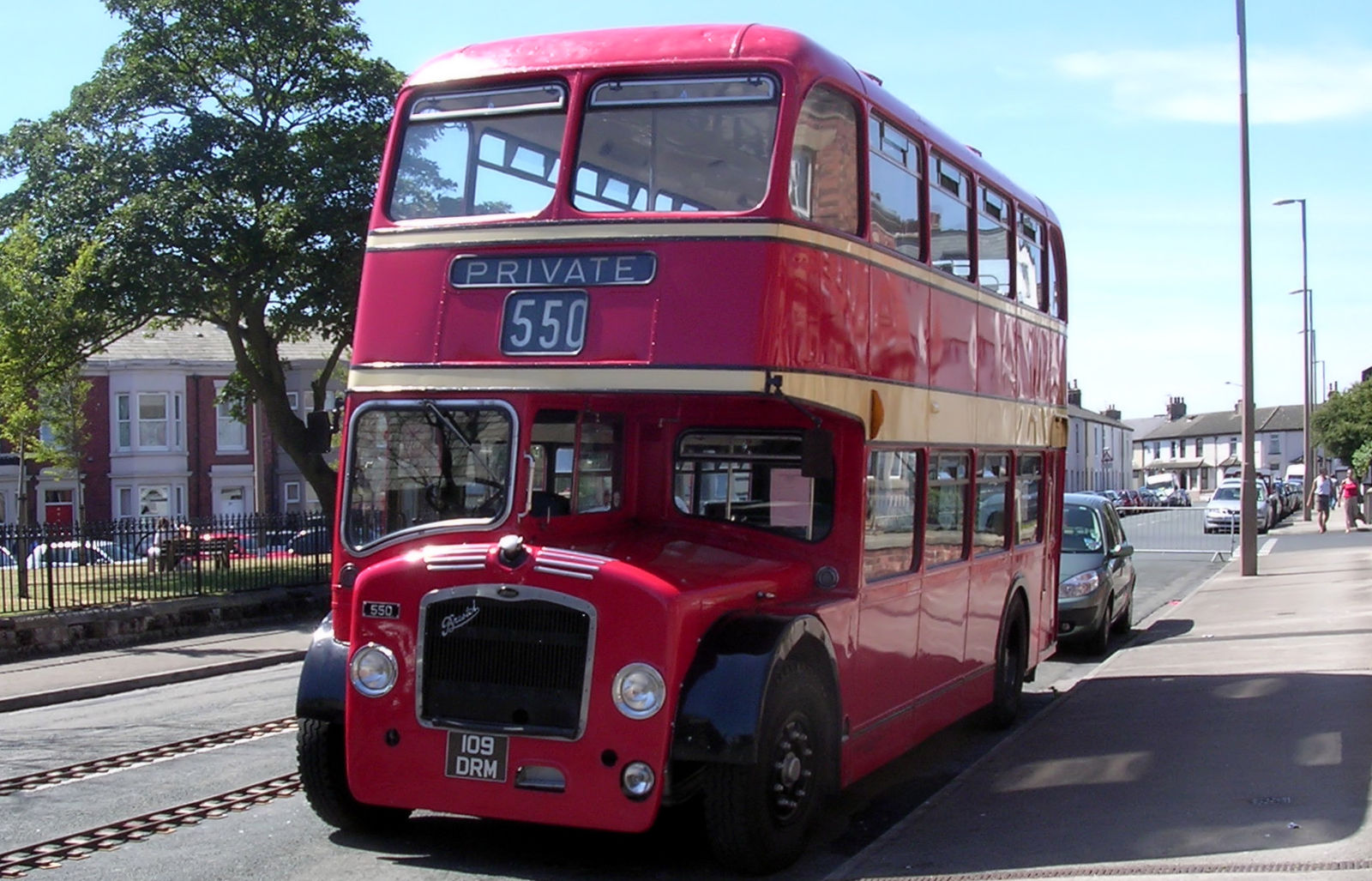
The Bristol Lodekka, produced from 1949 to 1968, was a revolutionary double-decker bus known for its low-height design, which allowed it to navigate under low bridges. Powered by various Bristol engines, including diesel options, the Lodekka featured a flat lower deck and a drop-centre rear axle for added stability. Enthusiasts appreciate the Lodekka for its engineering innovation, distinctive appearance, and its role in improving public transportation in the UK.
MCI MC-5 (1963-1978)
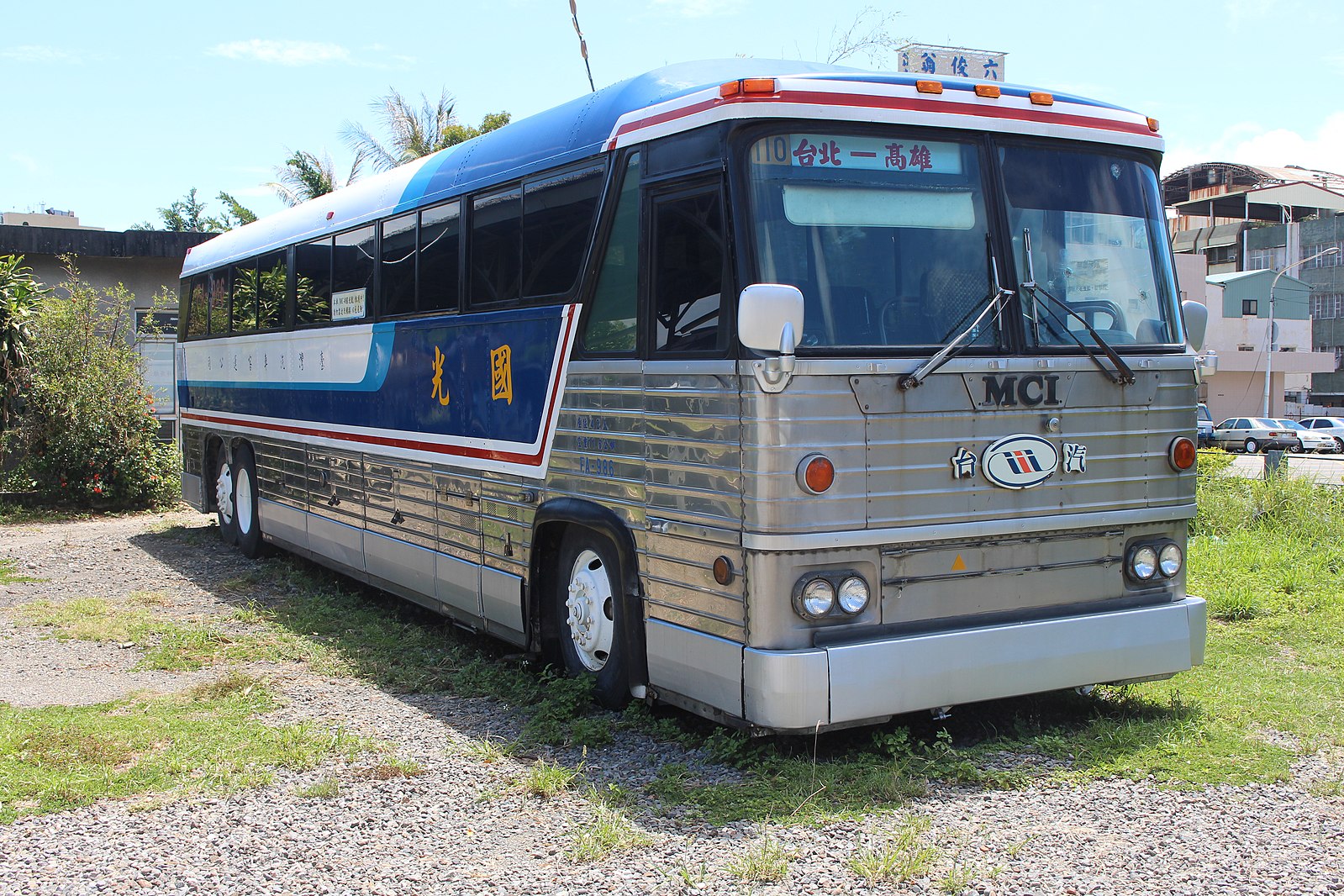
The MCI MC-5, produced from 1963 to 1978, was a popular intercity coach known for its reliability and comfort. Powered by Detroit Diesel engines, the MC-5 featured a unibody design, large windows, and a spacious interior. Its durability and ease of maintenance made it a favorite among operators and enthusiasts alike. The MC-5 is appreciated for its classic design, dependable performance, and significant role in the history of long-distance bus travel.
Bedford OB (1939-1951)

The Bedford OB, produced from 1939 to 1951, was a popular mid-sized bus used for both public transportation and private hire. Powered by a Bedford 3.5-liter six-cylinder petrol engine, the OB featured a distinctive rounded front and a comfortable, well-appointed interior. Enthusiasts appreciate the Bedford OB for its charming design, smooth ride, and its historical significance as a versatile and reliable bus during its time.
Neoplan Cityliner (1971-Present)
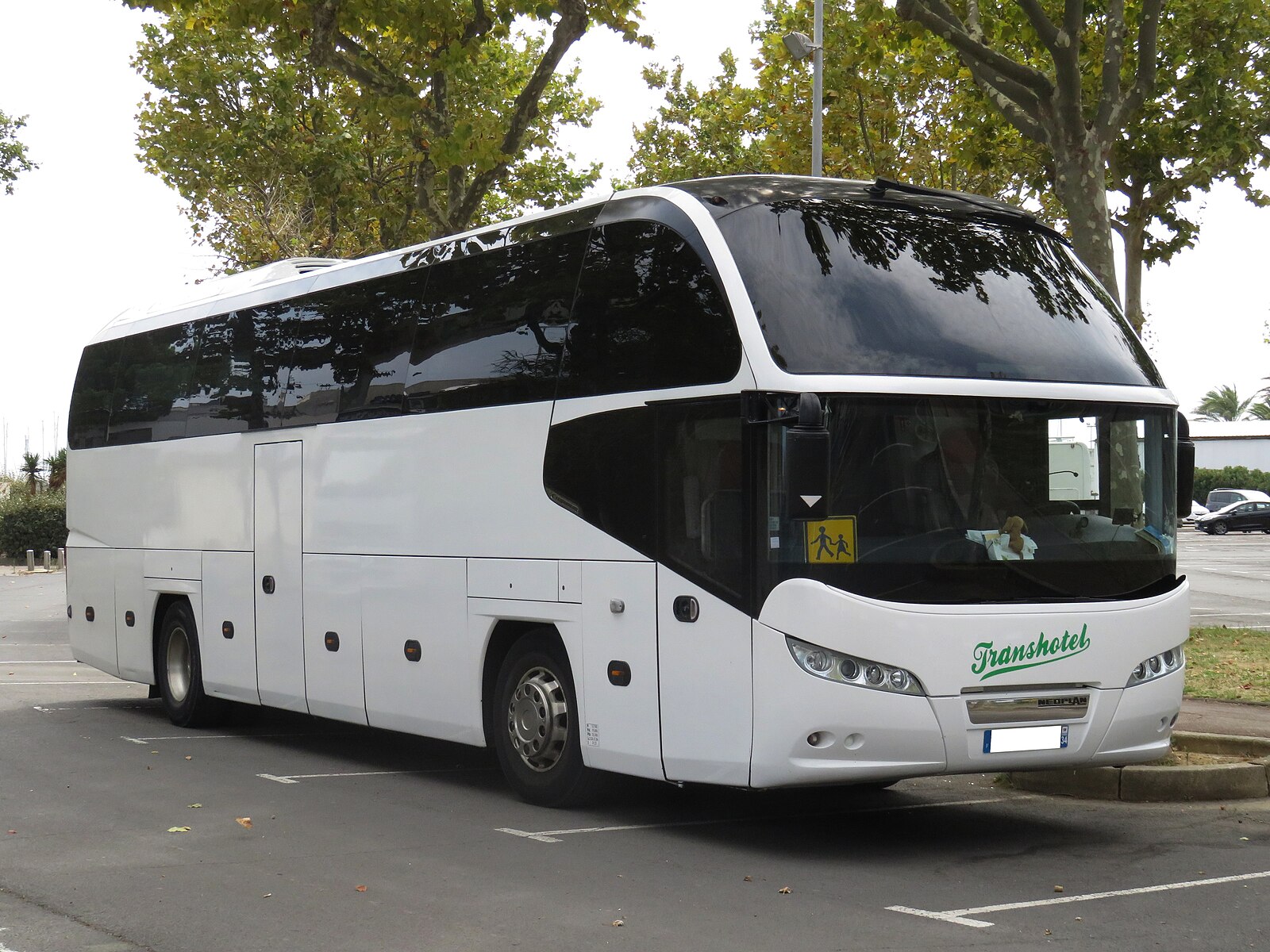
The Neoplan Cityliner, introduced in 1971, revolutionized coach design with its high-deck layout and advanced aerodynamics. Powered by various engines over the years, including Mercedes-Benz and MAN diesel engines, the Cityliner offered passengers panoramic views and increased luggage space. Enthusiasts appreciate the Cityliner for its innovative design, luxurious comfort, and its enduring presence in the coach market.
Crown Supercoach (1948-1991)
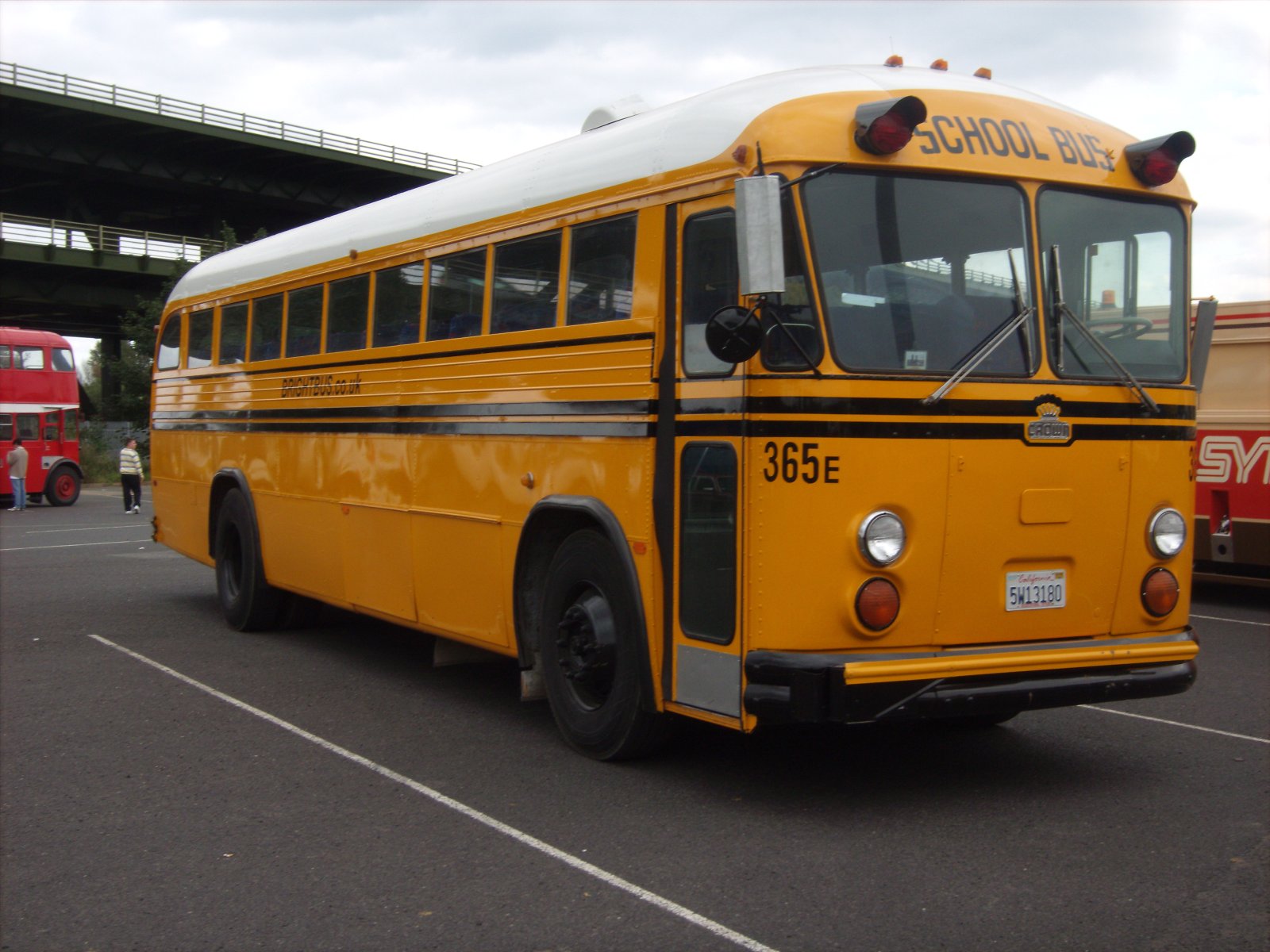
The Crown Supercoach, produced from 1948 to 1991, was a popular school and commercial bus in the United States. Known for its distinctive flat-front design, robust construction, and reliable gasoline and diesel engines, the Supercoach was a workhorse in the transportation industry. Enthusiasts appreciate the Crown Supercoach for its durability, iconic appearance, and the nostalgia it evokes from its decades of service.
Mercedes-Benz O 303 (1974-1992)

The Mercedes-Benz O 303, produced from 1974 to 1992, was a highly successful intercity and touring coach. Known for its sleek design, advanced engineering, and comfortable interior, the O 303 featured various Mercedes-Benz diesel engines. Enthusiasts appreciate the O 303 for its reliability, stylish appearance, and its role in setting standards for luxury coaches during its production run.
Volvo B10M (1978-2003)
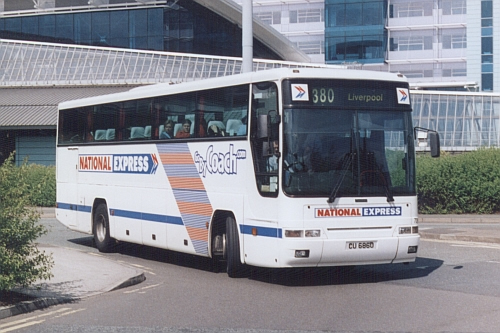
The Volvo B10M, produced from 1978 to 2003, was a versatile chassis used for both urban and intercity buses. Known for its powerful Volvo diesel engines, robust construction, and adaptable design, the B10M became a favorite among operators worldwide. Enthusiasts appreciate the B10M for its reliability, performance, and the variety of body styles it supported, making it a significant model in Volvo’s bus history.
Blue Bird All American (1948-Present)
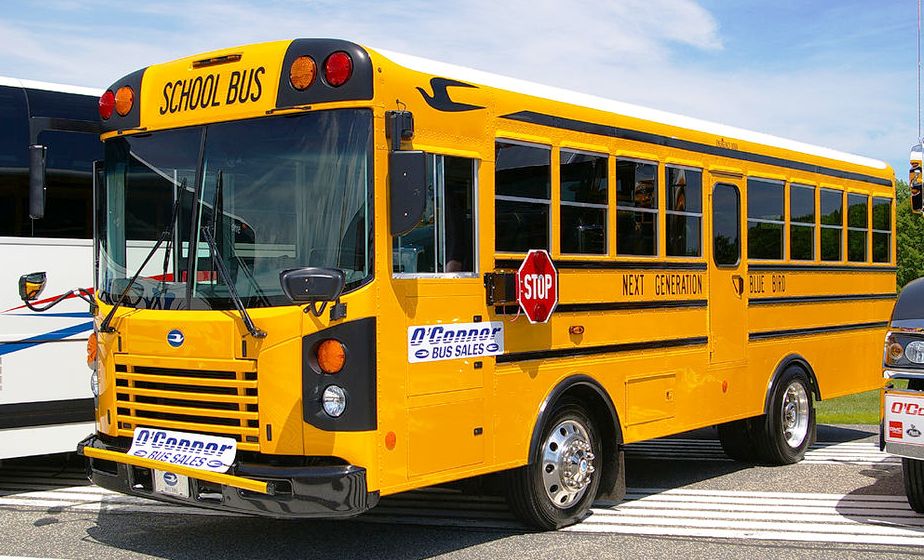
The Blue Bird All American, introduced in 1948, is a long-standing model in the school and commercial bus market. Known for its distinctive flat-nose design, robust construction, and reliable gasoline and diesel engines, the All American has been a staple in school transportation for decades. Enthusiasts appreciate the All American for its durability, iconic appearance, and its enduring legacy in the transportation industry.
DAF SB220 (1988-2000)
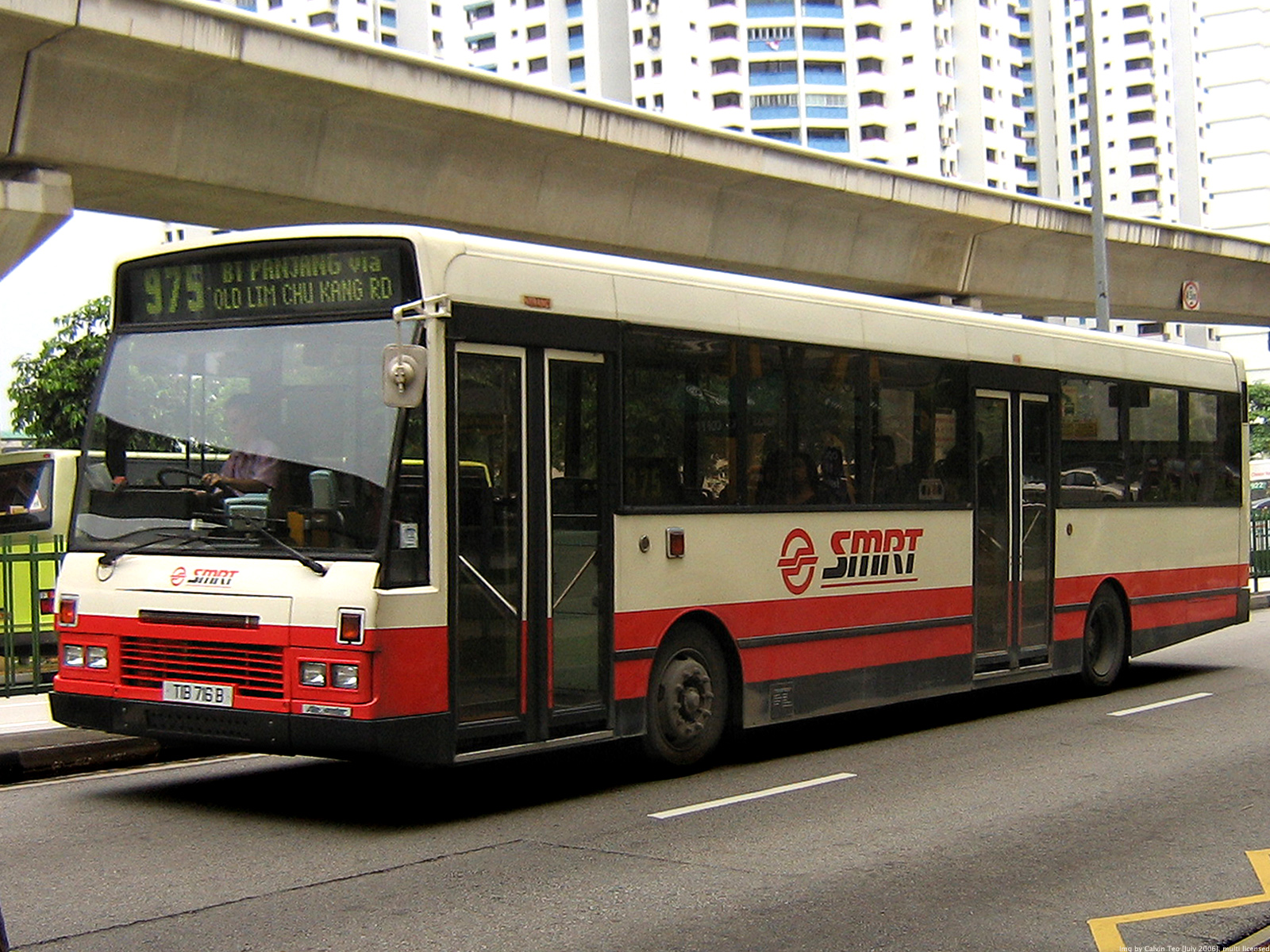
The DAF SB220, produced from 1988 to 2000, was a popular single-decker bus chassis used primarily for urban and suburban routes. Powered by DAF diesel engines, the SB220 was known for its reliability, comfort, and ease of maintenance. Enthusiasts appreciate the SB220 for its practicality, robust performance, and its role in modernizing public transportation in many cities.
Gillig Phantom (1980-2008)
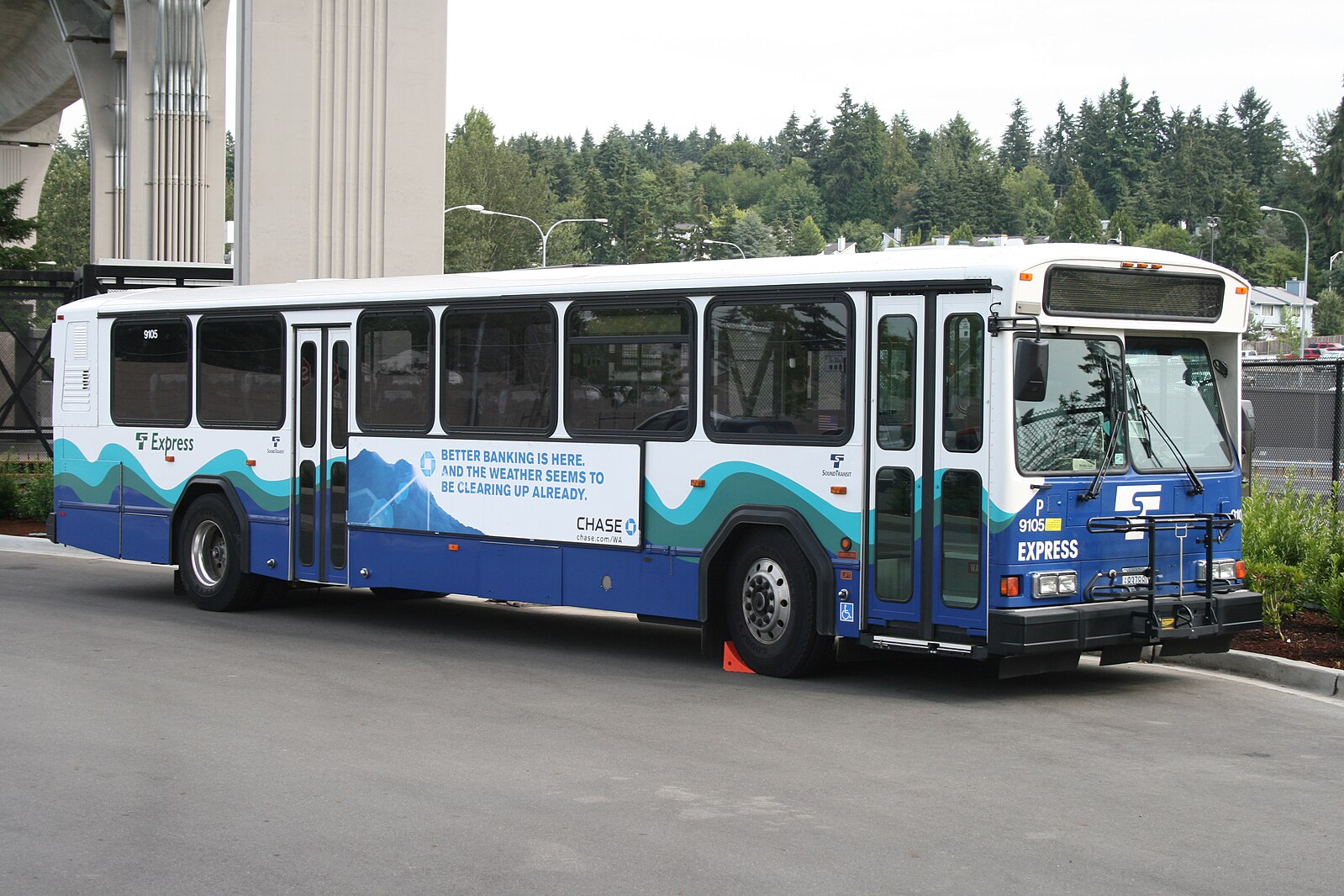
The Gillig Phantom, produced from 1980 to 2008, was a popular transit bus in the United States. Known for its boxy design, durable construction, and reliable diesel engines, the Phantom was widely used in urban transit systems. Enthusiasts appreciate the Phantom for its rugged reliability, straightforward design, and the nostalgia it brings from its years of service.
AEC Regal (1929-1968)
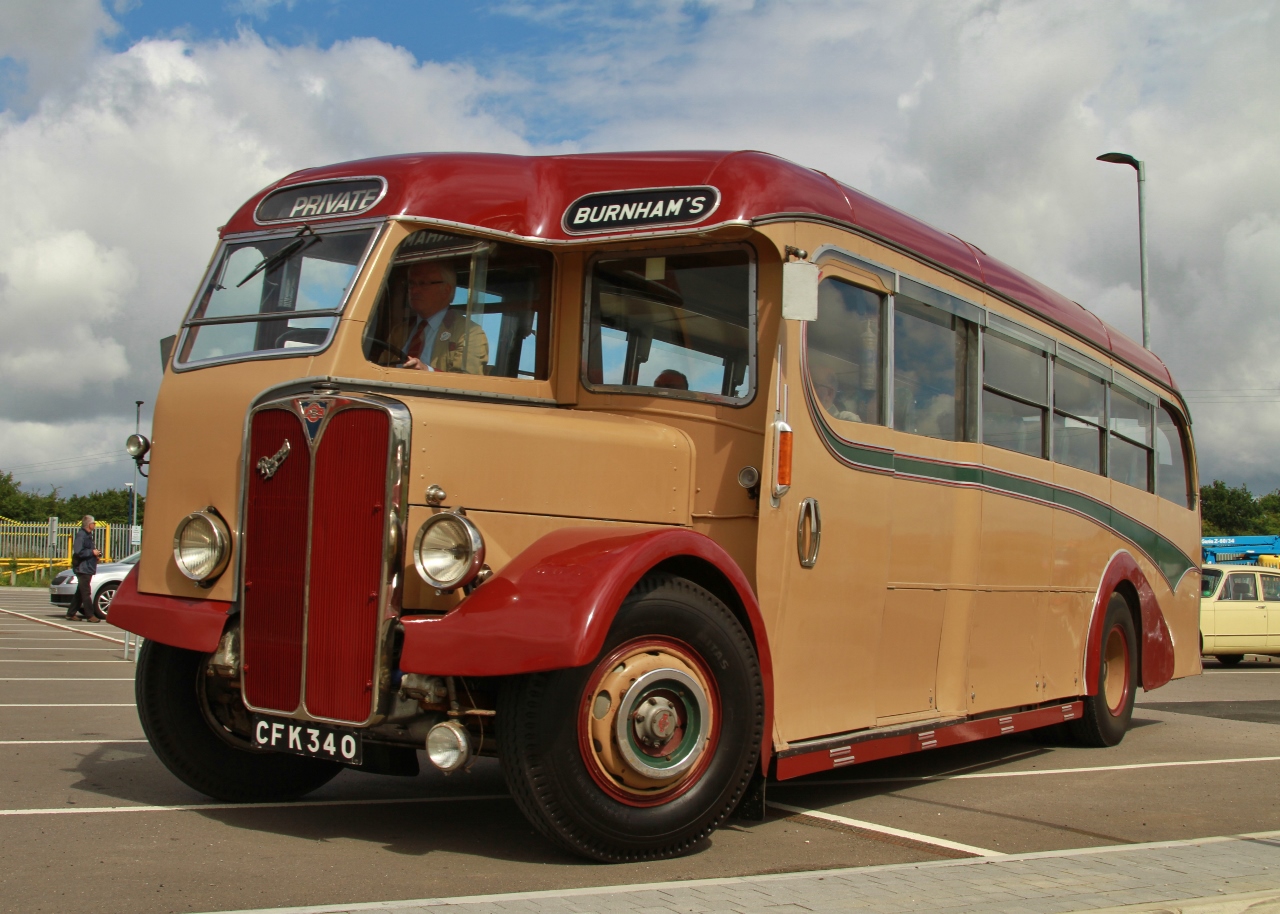
The AEC Regal, produced from 1929 to 1968, was a single-decker bus chassis known for its robust construction and reliable performance. Powered by AEC petrol and diesel engines, the Regal was used extensively in the UK and abroad for both urban and intercity routes. Enthusiasts appreciate the AEC Regal for its classic design, dependable operation, and its historical significance in early bus transportation.
Karosa ŠM 11 (1965-1981)
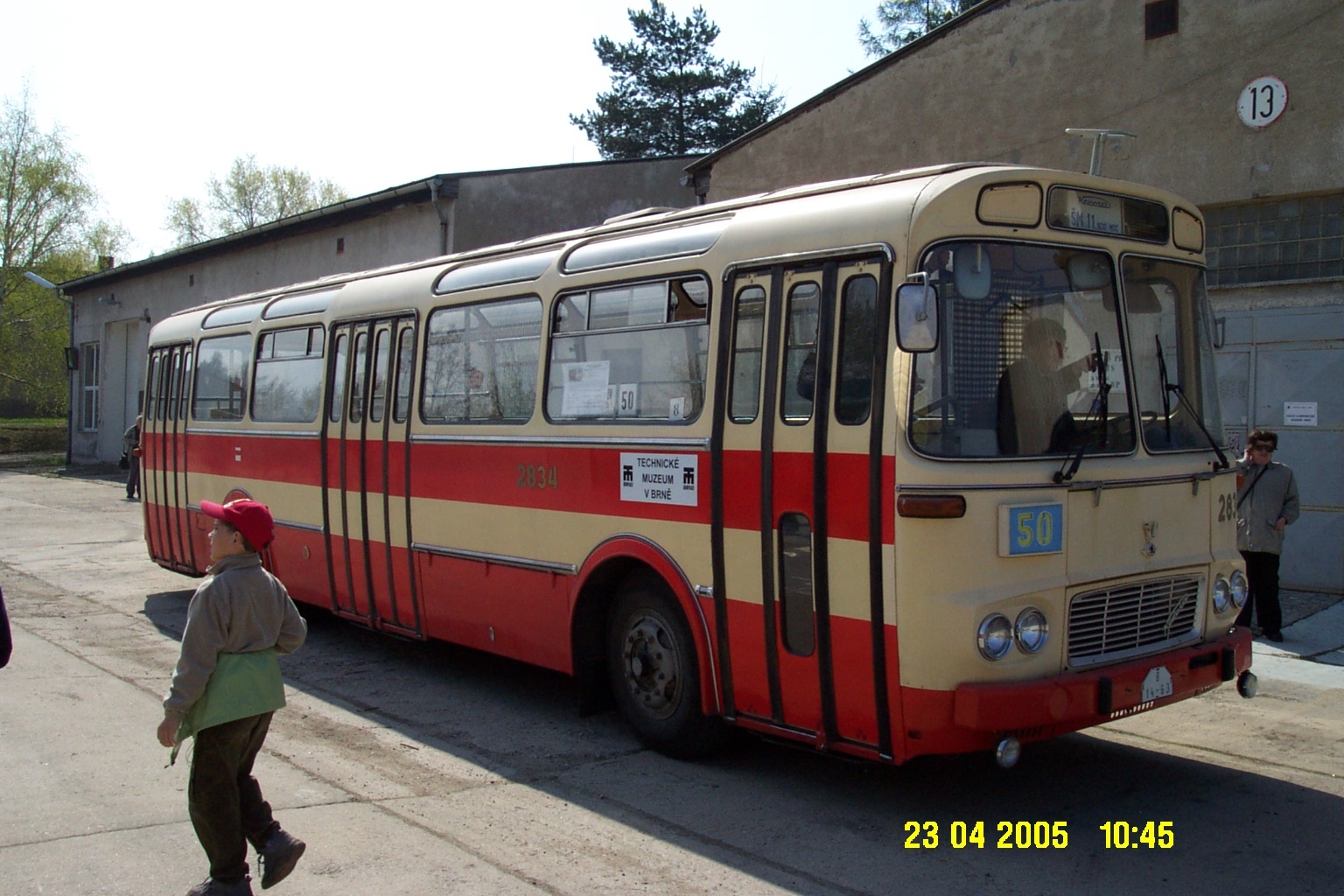
The Karosa ŠM 11, produced from 1965 to 1981, was a Czechoslovakian urban bus known for its distinctive angular design and robust construction. Powered by a rear-mounted Škoda diesel engine, the ŠM 11 featured large windows and a spacious interior. Enthusiasts appreciate the ŠM 11 for its unique design, reliable performance, and its role in public transportation in Eastern Europe during the Cold War era.
Ikarus 280 (1973-2002)
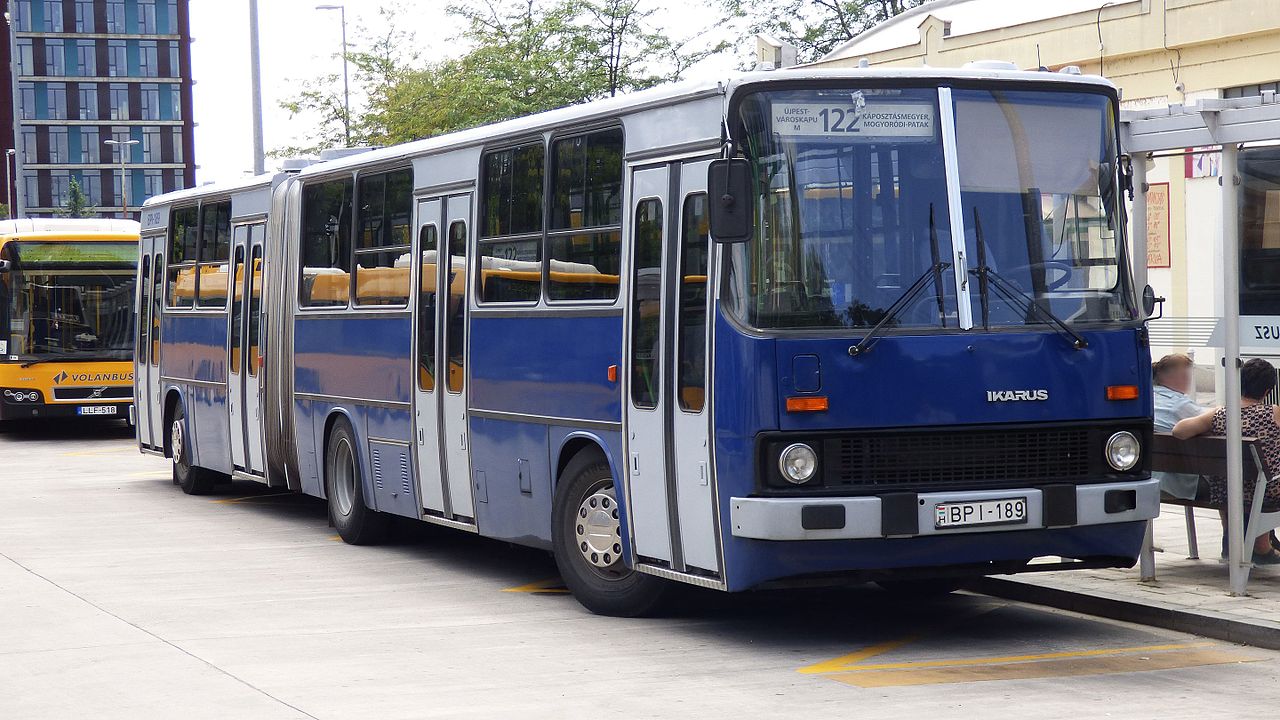
The Ikarus 280, produced from 1973 to 2002, was a popular articulated bus used extensively in Eastern Europe and other parts of the world. Known for its distinctive boxy design, robust construction, and reliable diesel engines, the Ikarus 280 could accommodate large numbers of passengers. Enthusiasts appreciate the Ikarus 280 for its practicality, durability, and the significant role it played in urban transportation during its production run.
This article originally appeared on MyCarMakesNoise.
More from MyCarMakesNoise
20 Timeless Luxury Sedans That Embodied Elegance

Luxury sedans are the epitome of elegance and comfort, combining sophisticated design with advanced technology. Throughout automotive history, certain models have stood out for their exceptional style and refinement. Read More.
14 Classic Convertibles That Never Got Their Due
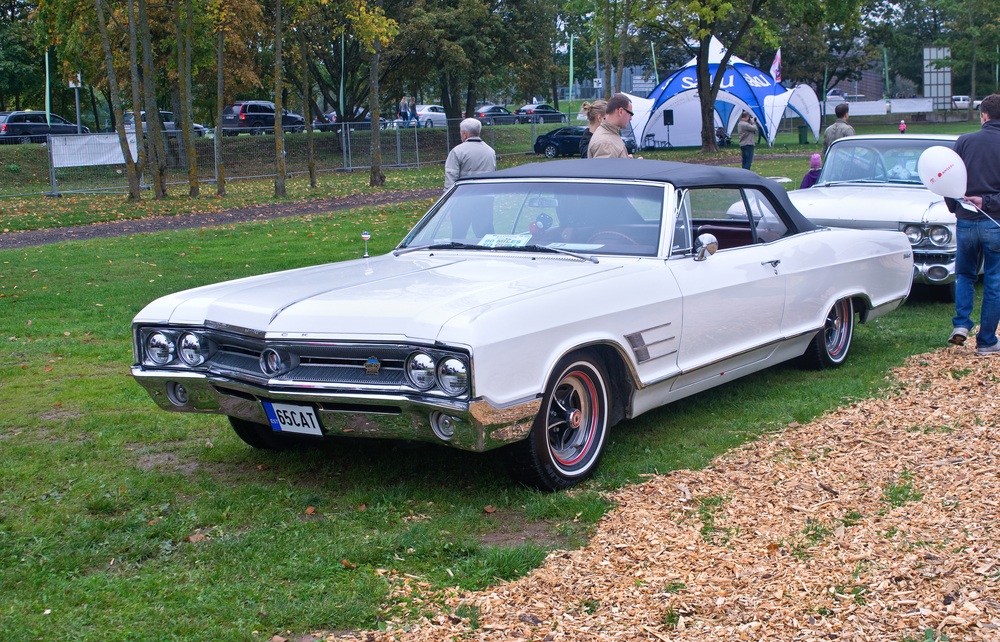
Some classic convertibles had all the right features but never quite captured the spotlight. Whether overshadowed by flashier models or misunderstood in their time, these cars deserve more recognition. Read More.
20 Classic Military Vehicles with High Collector Interest
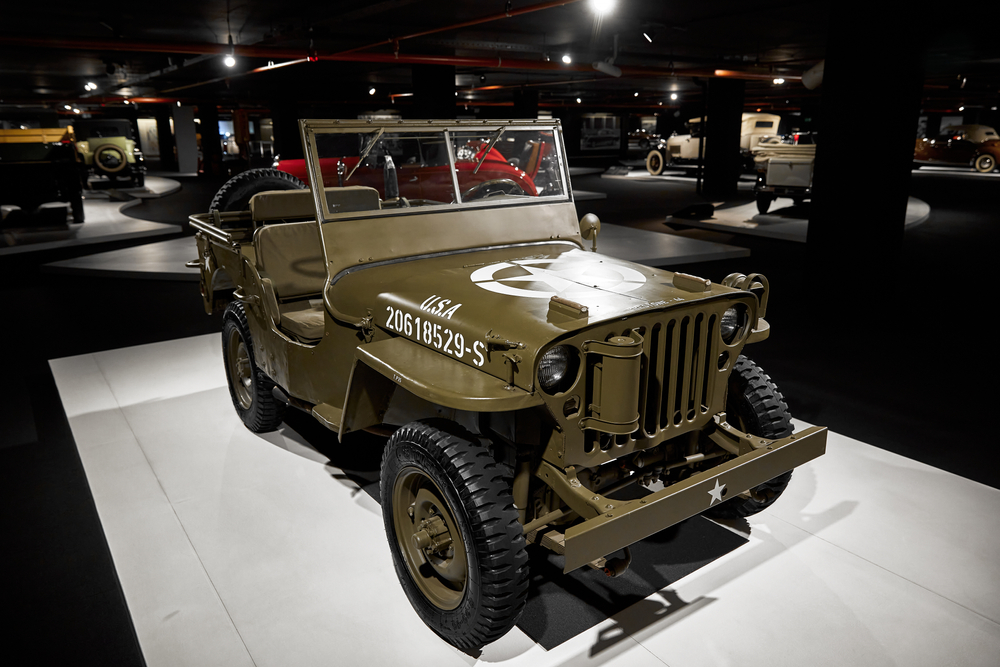
Military vehicles have always captivated collectors with their unique blend of history, engineering, and rugged design. Over the years, certain models have become highly sought after for their rarity and iconic status. Read More.

